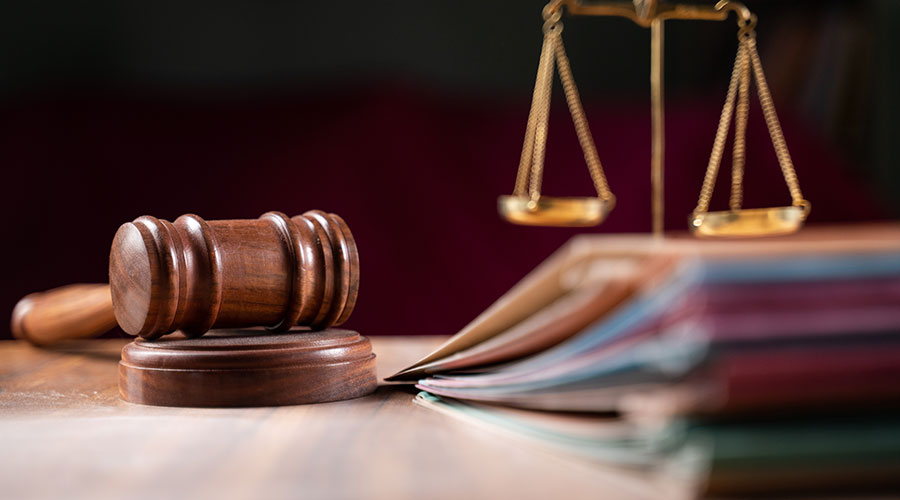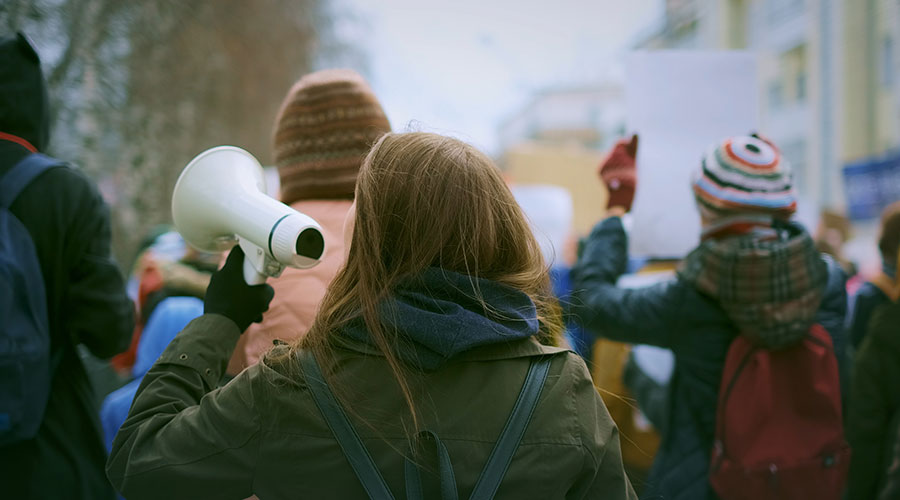The design of behavioral health facilities is heavily influenced by specific guidelines that emphasize prioritizing safety, but there is a constant need to adapt these environments to address new safety concerns. While guidelines are essential for design, it is important to remember they are only guidelines. Designers are responsible for enhancing best practices from these principles and engaging with clinicians to understand their needs.
Together, designers and clinicians can ensure behavioral health facilities support their intended operational models, establish risk assessment and exceed best practices for improved patient outcomes and staff satisfaction. Designing these spaces in ways that bring joy to occupants and create a sense of belonging can help facilities support health and well-being.
Designing for safety
When designing a behavioral healthcare facility, ensuring the safety of patients, caregivers and visitors is critical. Achieving this goal requires a thorough risk assessment for each space to identify potential hazards and implement appropriate safety measures. It also is crucial to continually monitor and update the risk assessment to ensure the ongoing safety of the space as program or clinical operations change.
One way to better understand the activities of patients and staff is through a so-called day-in-the-life exercise. Data from this event informs the risk assessment, operational inefficiencies and security protocols, which directly influence planning and design.
To optimize safety, the facility’s design should prioritize clear visibility, which can be challenging. Staff require high levels of observation of patients, but they also need to maintain a balance of privacy for patients.
Staff also need to be visible to other staff. Designers can achieve this goal by integrating more transparency using polycarbonate or security glazing. To allow for privacy, integral blinds that provide privacy while keeping safety a priority are essential to support staff and ensure patient safety where visibility is limited.
A facility’s intended patient population is an important consideration when designing behavioral health facilities. If the facility will use medical beds in combination with non-medical rooms, it is critical to plan them appropriately.
With the integration of medical gases and equipment that is not ligature-resistant, these rooms create risks that should be assessed and might be subject to additional code requirements to ensure patient safety. By taking these factors into account and collaborating closely with clinicians, designers can create spaces that promote safety, comfort and healing.
A sense of belonging
Creating a personalized space that fosters a sense of belonging is essential in promoting the happiness of patients in behavioral healthcare facilities. Designers must prioritize creating comfortable, private personal spaces for patients while allowing complete access and visibility for staff.
Amenities such as reading lights with personal control, desks, bedside tables, private bathrooms with ligature-resistant doors and less-utilitarian storage for personal belongings can reflect a more residential environment and promote a sense of belonging. Designers also can incorporate furnishings that are more residential in appearance and less institutional based on the facility’s risk assessment. For example, they can use innovations in upholstered seating with solid plinth bases that meet the criteria for higher-risk areas.
Another way to create a sense of place is to integrate artwork that is familiar and relevant to the facility’s location. This approach also can contribute to creating a personalized environment for patients and staff to enjoy. Instead of using framed art, designers can integrate large-scale, digitally printed wall graphics that feature soothing imagery and colors, creating low-maintenance, high-impact art.
This specialty material allows designers to integrate color, pattern and imagery to flow across a surface, supporting a less-restricted appearance. These features have been successful along corridors and in open common spaces by allowing interaction for patients at rest and for active patients who use movement to address anxiety.
Evaluating lighting and sound
Incorporating natural and circadian lighting can enhance the patient experience and promote positive outcomes. Designers should prioritize patient well-being and safety when considering lighting and ensure patients have control over their lighting through the use of ligature-resistant blinds and shades. With thoughtful consideration and implementation of lighting, designers can create welcoming, healing environments that support individual patient needs.
It is not easy to achieve access to safe outdoor environments, but such access is a great resource for patients to spend time outside of a facility. Biophilic elements such as natural-looking materials, nature imagery and views of nature also can benefit facilities with limited access to natural light. They require minimal upkeep, making them excellent choices for a less-restricted environment appearance.
Acoustics also play a central role in patient comfort and safety because excessive noise can cause sensory overload and interfere with treatment. To achieve quality acoustics, designers can use absorptive materials, such as rubber flooring, acoustic gypsum and carpeting, where appropriate to reduce noise levels. Higher ceilings with acoustical tiles that are out of a patient’s reach also can reduce noise. Incorporating white noise also can reduce sensory overload and promote a calming environment.
Looking to the future
As mental health continues to be recognized and destigmatized, the design of behavioral health facilities will continue to play a crucial role in supporting patient wellness and recovery. Architects, designers and healthcare facility managers will need to address the ever-evolving nature of risk in this field. Collaboration among teams across all disciplines will be essential in creating patient- and employee-centric designs that prioritize safety, comfort and healing.
By employing the latest research and design practices, the future of behavioral health facilities will evolve, creating a new standard for healing environments that aid in patient recovery and empower those who work and live in them.
Angela Crum is a licensed interior designer with Arcadis, a design, engineering and consulting firm that is CRTKL’s former healthcare studio.

 Sunflower Medical Group Facing Lawsuit Following January Data Breach
Sunflower Medical Group Facing Lawsuit Following January Data Breach Nemours Children's Health Opens New Location in Lake Nona
Nemours Children's Health Opens New Location in Lake Nona Enhancing Safety at Hennepin Healthcare with a Screening System
Enhancing Safety at Hennepin Healthcare with a Screening System Healthcare Workers Outside Butler Memorial Hospital for Increased Workplace Safety
Healthcare Workers Outside Butler Memorial Hospital for Increased Workplace Safety TriasMD Set to Open DISC Surgery Center at Carlsbad
TriasMD Set to Open DISC Surgery Center at Carlsbad